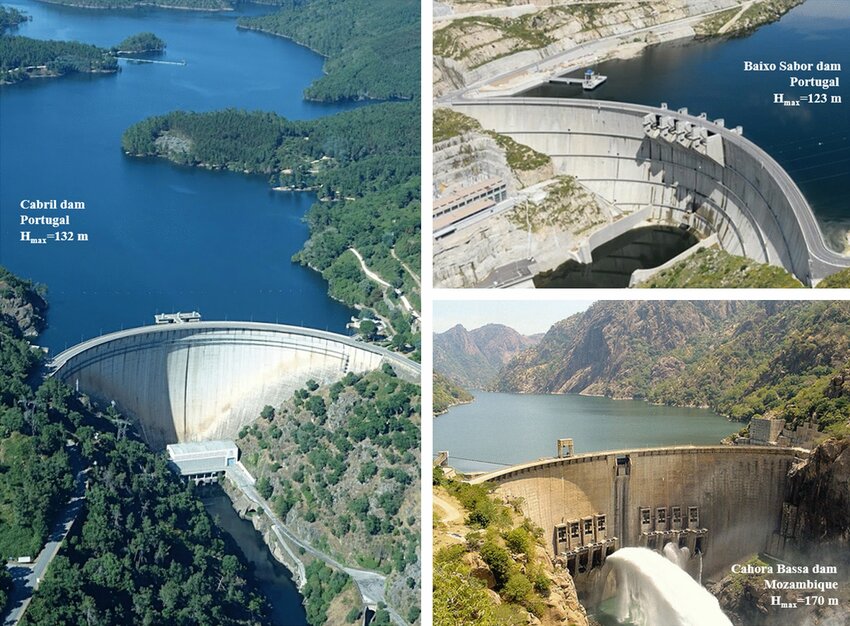


To guarantee a dam structure's stability, safety, and operating effectiveness, monitoring is essential. Here is a summary of the general procedures used for dam monitoring:
+Get Quote1. Sensors and Instrumentation
Piezometers: Determine internal water levels and seepage by measuring the water pressure inside the dam and its foundation.
Strain gauges: Keep an eye on the dam's structural stress and strain to spot any deformations.
Inclinometers: Keep track of the dam's tilt or inclination to keep an eye on structural changes.
Seismographs: These tools identify and log any seismic activity that could affect the dam.
Use crack meters to gauge the size and direction of the dam's cracks.
Temperature sensors: Keep an eye on the dam's internal temperature to identify any possible thermal stresses.
Vibration sensors: Look for odd vibrations that can point to structural problems.
Water Level Sensors: Track the level of water in the reservoir and tailrace to ensure the safety and proper operation of the dam.
2. Systems for Acquiring Data
Real-time monitoring is made possible by automated data logging, which continuously gathers data from sensors and devices.
Remote Monitoring: Frequently employing wireless technology, data can be sent to a central monitoring station for processing.
3. Exams Visually
Engineers perform routine visual inspections to look for any obvious indicators of trouble, such cracks, seepage, or deformation.
4. Monitoring Geotechnical
Surface and Subsurface Monitoring: To track shifts in the dam and its base, methods such as GPS, laser scanning, and borehole instruments are employed.
Grouting Pressure: Continuously monitored to evaluate how well grouting procedures are stopping seepage.
5. Meteorological and Hydrological Observations
Rainfall gauges: Track precipitation to forecast reservoir inflows.
River Flow Gauges: Keep an eye on the dam's inflows and outflows to control reservoir levels and flood hazards.
6. Systems for Monitoring Structural Health (SHM)
Modern SHM systems combine a number of sensors with analytical software to evaluate the dam's overall condition in real time and provide early warning of possible problems.
7. Interpretation and Analysis of Data
Trend Analysis: To spot patterns and trends that can point to new problems, historical data is examined.
Finite Element Modeling: This technique aids in predicting maintenance by simulating how the dam will react to different loads and circumstances.
8. Planning for Emergency Reaction
Alarms and Alerts: If any monitored parameter surpasses safe levels, automated systems have the ability to sound alarms and alerts.
Action Plans: To guarantee prompt action in the event of an imminent failure, predetermined emergency reaction plans are in place.
Systems for monitoring must be customized to the dam's unique attributes, such as its size, kind, and surrounding circumstances. To guarantee accuracy and dependability, the monitoring systems must also receive regular upgrades and maintenance.